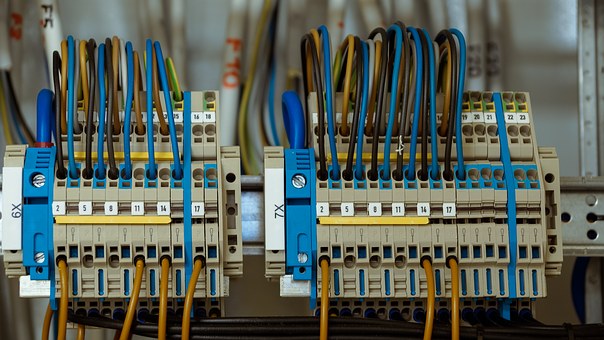The Need for Standby Equipment
Where you have a critical component that could cause everything to stop should it fail, it is essential to have a standby unit in place. This means you can simply switch over to your standby unit and be back up and running in no time. This unfortunately is where things sometimes go horribly wrong. You made the investment to install a standby unit and you have not used it since it was installed. Now that you need it, there seems to be a problem and it won’t run. How is that possible, it has never been used?
There is a whole list of things that can go wrong when a piece of machinery just sits there and never gets used. You could have bearings failing, seals going hard and leaking etc. The key thing to remember is to use the standby device frequently. You must switch between the “duty” and “standby” units to ensure they both get run-time. You could set up a schedule to have them switched over every week but we know what happens. When you get caught up with other issues, you may very well forget to come back and change the units over, and before you know it, you just can’t find the time to get to the schedule. That is until you need it.
Take it to the next level
Instead of relying on a schedule to do a manual changeover, you could opt to automate the process. You could set it up to change on a fixed time every week, or you could base it on the number of times the unit has started. The process is fairly easy to implement either way and it ensures that both units are run allowing you to execute repairs as and when needed without shutting everything down.
What happens where you have automated the changeover and you are doing work on the unit that is not being used? Again, this should be built into the control circuit. Should you have to isolate one of the machines to work on it, this isolation will be recognised by the control circuit and it will ignore the changeover until the isolation switch has been turned back to the “ON” position.
Alternatively, you could have a bypass switch in place. Important point though. Do not install a switch that can be forgotten in the bypass mode! Make it a push-button switch that will activate a timed bypass only. Once the time has elapsed, it will return to normal operation again. Also, consider installing a flashing light or similar to indicate that the system is in the bypass mode.
Cost to Implement
Cost is always a factor especially if it is standby unit. The way to look at this is the cost of a breakdown and the chain reaction it could cause. Then have a look at how often it is likely to happen and also whether this particular machine is a critical component. All these considerations will make it easier to decide whether you need a standby unit and how you will manage the changeover process.
Want some advice or have questions? Feel free to contact by by email frans@sparkyhelp.com or give me a call on +61413 079 892

